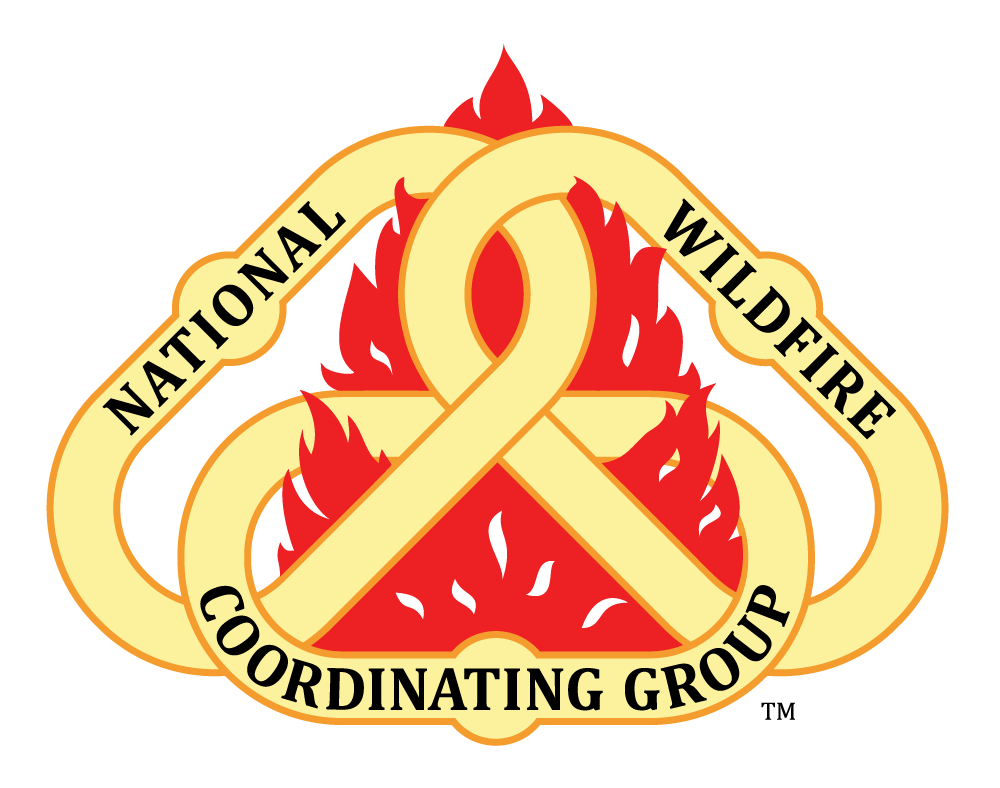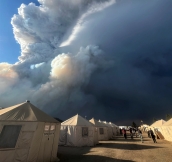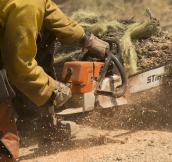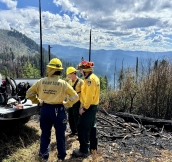Hand Crews
Minimum Crew Standards for National Mobilization
| Minimum Standards | Type 1 IHC (Interagency Hotshot Crew) | Type 2 with IA (Initial Attack) Capability | Type 2 |
|---|---|---|---|
| Fireline Capability | Initial attack/can be broken up into squads, fireline construction, complex firing operations (backfire). | Initial attack/can be broken up into squads, fireline construction, firing to include burnout. | Initial attack, fireline construction, firing as directed. |
| Crew Size | 18 - 22 | 18 - 20 | |
| Leadership Qualifications | Permanent supervision: Supt.: TFLD, ICT4, FIRB Asst. Supt.: STCR or TFLD and CRWB and ICT4 3 Squad Leaders: CRWB and ICT5 2 Senior Firefighters: FFT1 |
Crew Boss: CRWB 3 Squad Bosses: ICT5 |
Crew Boss: CRWB 3 Squad Bosses: FFT1 |
| Language Requirement | All senior leadership, including Squad Leaders and higher must be able to read and interpret the language of the crew as well as English. | ||
| Experience | 80% 1 season | 60% 1 season | 20% 1 season |
| Full-Time Organized Crew | Yes (work and train as a unit 40 hours per week. | No | No |
| Communications | 8 programmable radios | 4 programmable radios | |
| Sawyers | 4 certified as FAL2 and 50% of crew certified as FAL3 or better. | 3 agency-qualified | None |
| Training | As required by the Standards for Interagency Hotshot Crew Operations or agency policy prior to assignment | Basic firefighter training and/or annual fireline safety refresher prior to assignment | Basic firefighter training and/or annual fireline safety refresher prior to assignment |
| Logistics | Crew level agency purchasing authority | No purchasing authority | No purchasing authority |
| Maximum Weight | 5,300 lb | ||
| Dispatch Availability | Available nationally | Available nationally | Variable |
| Production Factor | 1.0 | .8 | .8 |
| Transportation | Own transportation | Transportation needed | Transportation needed |
| Tools & Equipment | Fully equipped | Not equipped | Not equipped |
| Personal Gear | Arrives with: Crew first aid kit, personal first aid kit, headlamp, 1-qt canteen, web gear, sleeping bag | ||
| Personal Protective Equipment (PPE) | All standard designated fireline PPE | ||
| Certification | Must be annually certified by the local host unit agency administrator or designee prior to being made available for assignment. | N/A | N/A |
|
N/A = Not applicable |
|||





